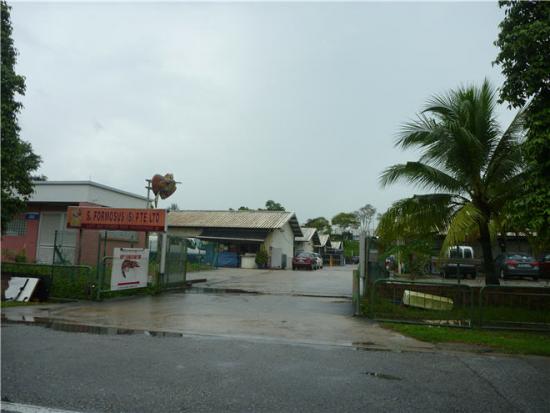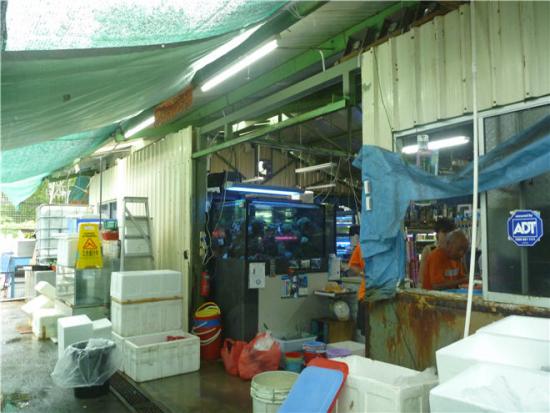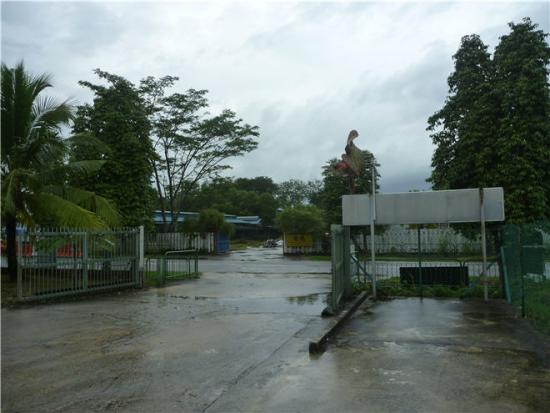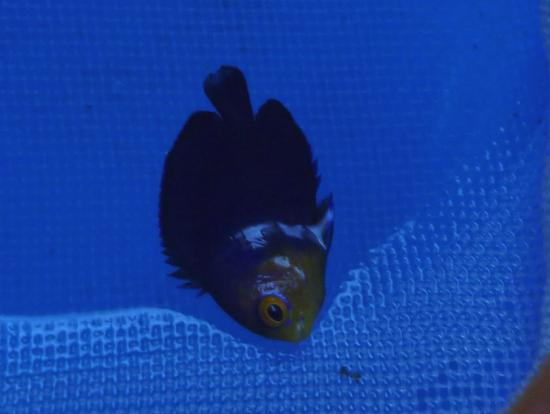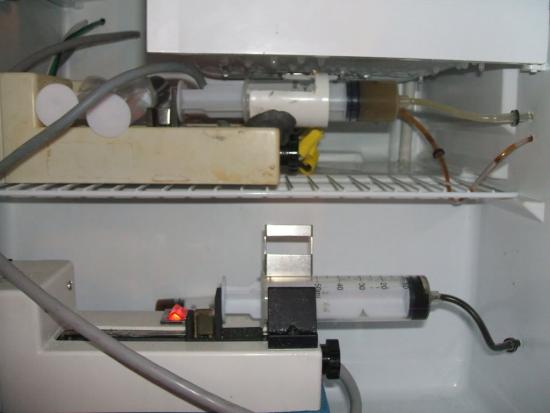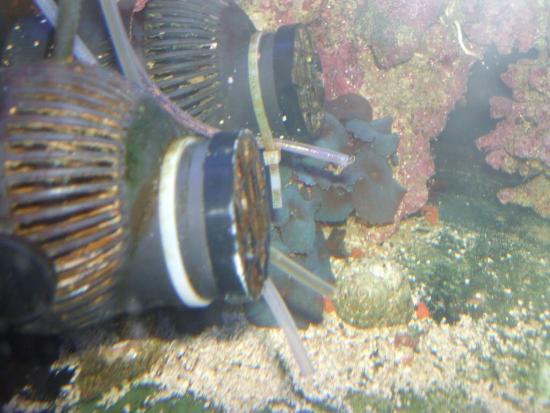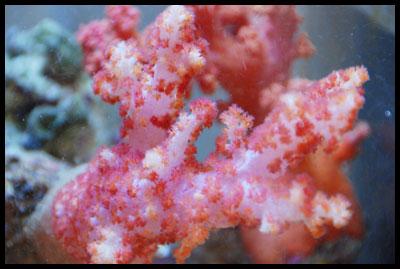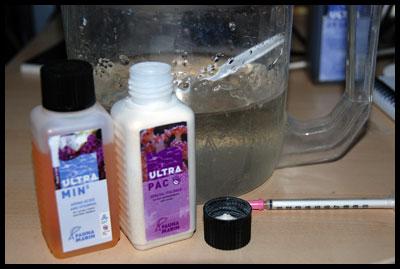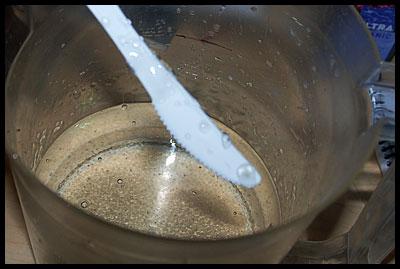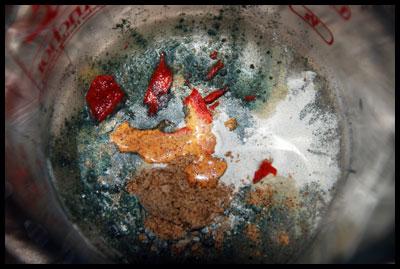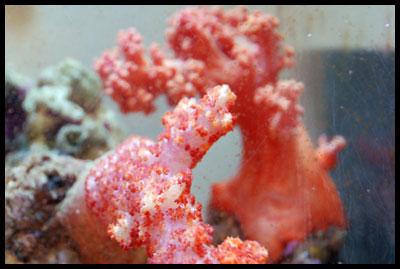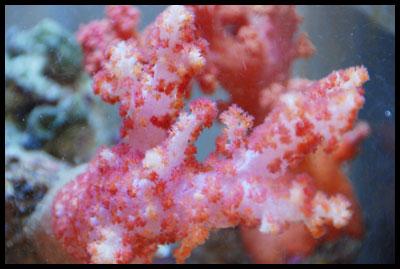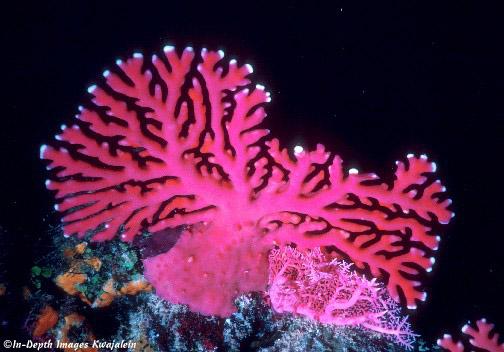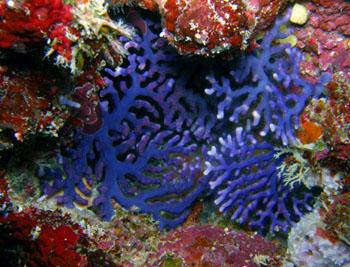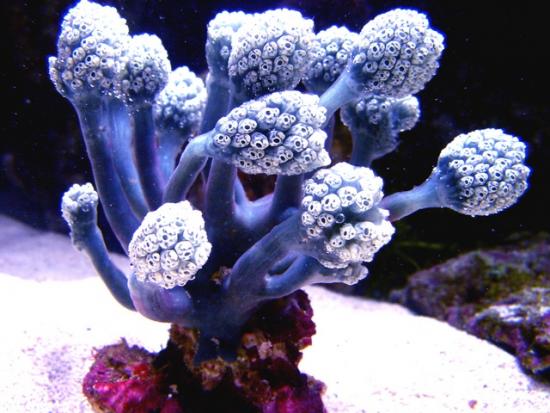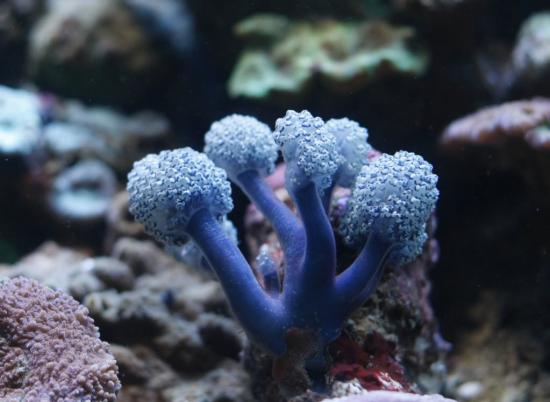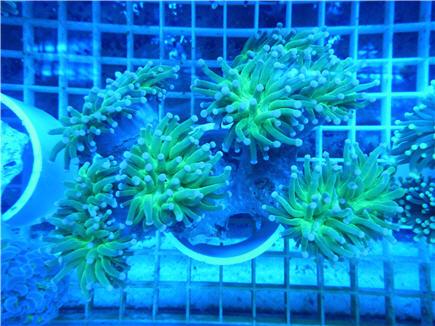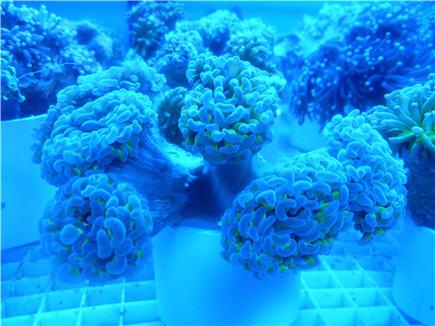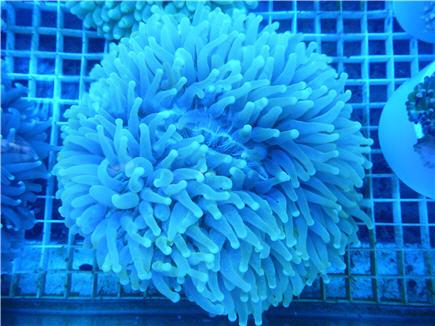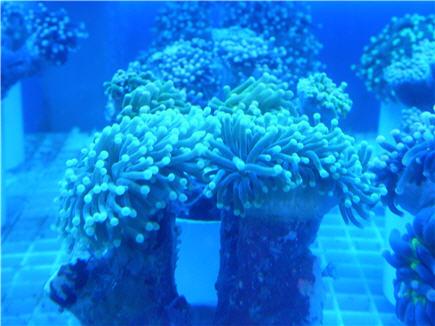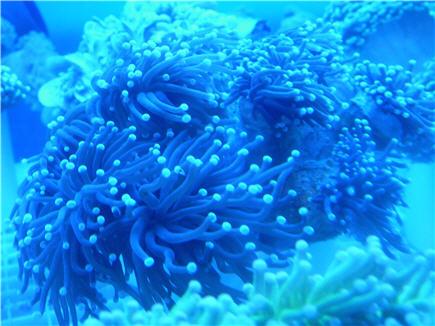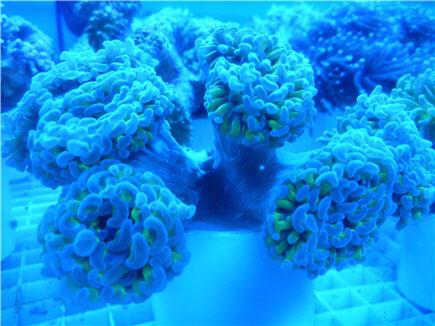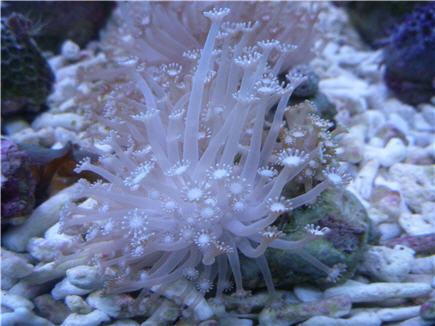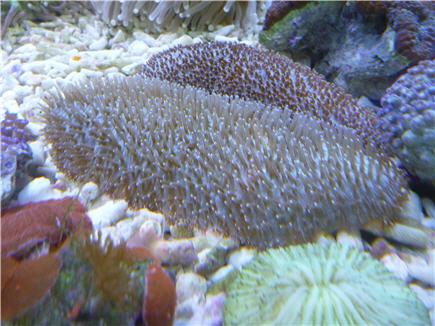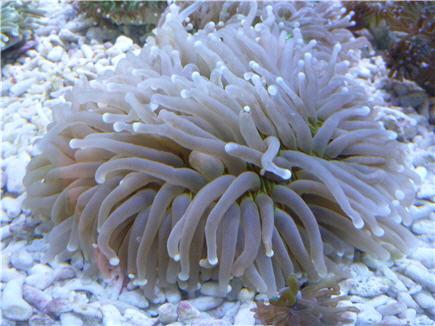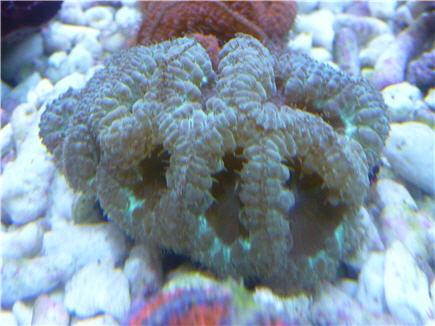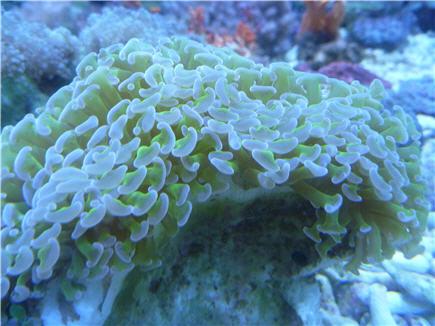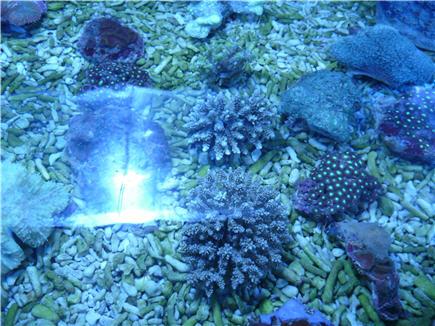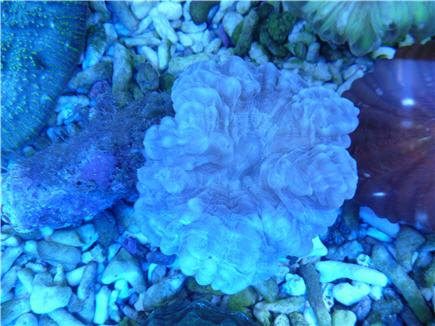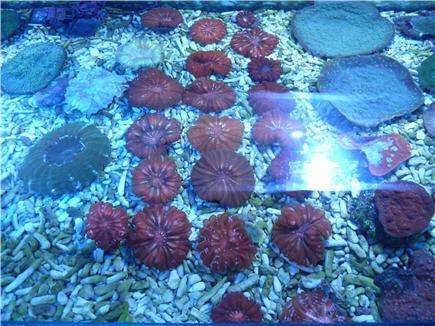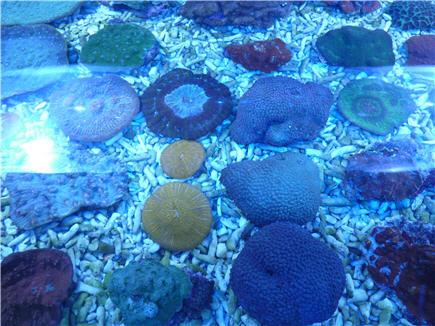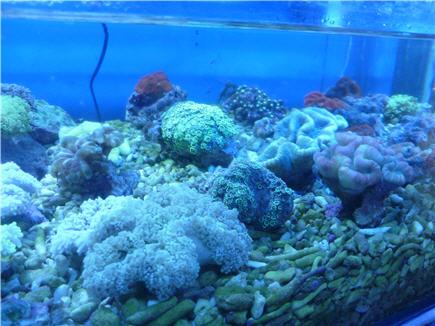-
Posts
11,637 -
Joined
-
Days Won
40
Content Type
Profiles
Forums
Gallery
Everything posted by CFOh
-
Ah Beng Shop navigation 4 Ah Beng Shop located @ 2nd row...
-
Ah Beng Shop navigation 3 Turn right @ Pasir Ris Farm Way 2.. Turn Right @ S. Formosus (S) PTE LTD sign board.
-
Ah Beng Shop navigation 2 Straight all the way till T-Junction..
-
Ah Beng Shop navigation 1 From TPE EXIT, Turn left after UMC Wafer factory..
-
Hai, Pls find the entrance for plot 35.. Sorry, pics not so clear as rainy day... Anyway, if u spotted Arowana statue and S. Formosus (S) PTE LTD sign board. U r almost there.... Ah beng Shop is located @ 2nd row... Another view from Plot 35.. Cheers...
-

Weekly Update 3rd Jan - 10th Jan 2011
CFOh replied to onizukaa's topic in Weekly LFS Stocks Report / LFS Info Centre
LCK: Some helfrichi firefish and Last pcs Argi, one Mystery Wrasses left @ LCK as 6+pm today.. Most likely coral shipment next Friday... -

Weekly Update 3rd Jan - 10th Jan 2011
CFOh replied to onizukaa's topic in Weekly LFS Stocks Report / LFS Info Centre
Was there 9+pm... didn't notice above.... -
ROT dun let your algae overgrown till overlapping each other.. I found tendency to asexual when certain part didn't reach to light.. therefore, I believe red bamboo less chances turn asexual than others.. tell tale sign? not too sure, normally, I believe too late to realize.. And larger tank water volume might be safer.. But I did notice my caulerpa release milky occasionally when overgrown.. So, trimming is good practice to prevent that.. Below show how Sexual and asexual reproduction take place.... Cheers...
-
So far, I found red bamboo less tendency to asexual Vs others.. But, in theory, they will....
-
you can try caulerpa species like grape or fern too... they r commonly available at LFS... but I found it asexual easily and decay faster than bamboo... Other alternative, u can try dry RAW seaweeds soak with selcon/garlic solution... they love it
-
try red bamboo algae...
-
Bro puppet, above not my work lah just do some studies on NPS azooxanthellate corals. And found this interesting and worth to share.. Anyway, Thanks for reading... Pls find below example of syringe pump system @ reefcentral... syringe pumps The syringe pumps in author mini-fridge: The syringe pump outlets attached to author Tunzes: Cheers and Happy Reefing...
-
Another good article on azooxanthellate corals feeding courtesy of stonyreef.com Below txt extracted from stonyreef.com Going Dark – Feeding azooxanthellate corals Against what may be considered better judgment on my part, I’ve been picking up a few azooxanthellate corals as of late. Having recently plumbed in an additional display area to the main tank, it needed to be filled with something. Some of the current resources available (articles / info from Stottlemire, Kallmeyer, Torsten, Matthews, Dame, the Fauna Marin & Reef Nutrition products, etc…) are very encouraging, as is the feeding response I get from a mix made based on Danny Dame’s recipe. More photos / info later as time permits, but please follow the links at the end of this for some very good information on these animals & their care. I used 1/8 of Danny’s recipe – so in 500 mL I put 1 capful of UltraPac. You have to mix it in slowly if mixing by hand otherwise you end up with a single gelatinous clump, not a nice syrupy concoction. When that mixed I added 3 ml of MinS. He uses a blender, but my wife would have my ###### were I to be caught blending this stuff in her kitchen… The Ultra-Pac (artificial coral mucus) gets pretty ‘blobby’ once mixed up. It’s pretty gelatinous,Danny Dame’s non-photosynthetic coral food recipe a similar consistency to your standard Jell-O mix. Be sure to add the Pac SLOWLY to the water while mixing. DO NOT put the Pac in first then add water, or you end up with a big clump of gel. In another container, I put the following: * 3/8 tsp frozen cyclopeeze * 1/8 tsp DT’s oyster eggs * 3/8 tsp Fauna Marin UltraLife * 3/8 tsp Fauna Marin Ultra MinF * 3/8 tsp FM Ultra Sea Fan * 3/8 tsp FM Ultra Clam * 1 ampoule Prodibio’s ReefBooster * A few drops of Fauna Marin UltraBio * 5ml of Reed’s Roti-Feast * 5ml DT’s phytoplankton * 2.5ml FM’s MinS (Amino Acid) SMELLS DISGUSTING! Continuing to follow Danny’s method, mixed it up, and let them sit overnight in their separate containers. The next day, they were mixed together and let to sit another 24 hours. I found some cool mini ice cube trays on Ebay, 90 mini cubes per tray, so then poured the finished mixture into the trays and froze them. So far, I’ve just been tossing in a cube or two before work, then after work and a couple times through the evening / before bed. Here’s a photo of the Dendro when I was just trying to feed it Reed’s rotifeast and DT’s phyto… you can see very little polyp expansion. This is what the dendro looks like now that I am using Danny’s recipe. I will try for better photos later, but the polyps are expanded 24/7 (yes, even at 4am what reef keeper hasn’t checked the tank then?) I’ll work on a way I can feed it constantly. Check out Dame’s conversion of a kalk reactor at the bottom of the marineaquarium.nl page. I don’t have the space or means to do this, so am exploring other options. I’ve also looked at a syringe pump, but that also requires considerable space. Eric at Glassbox Design suggested a similar set up to the kalk reactor involving a Nalgene-ish size bottle – that may be better suited to my space constraints. For the meantime, I am hanging a 30cc tapered syringe upside down so I can just toss a few cubes in and have them melt / drip as I leave for work, and before bed.
-
Courtesy of peteducation.com, marineaquariumsa.com Scientific Name: Distichopora sp. Family : Stylasteridae Common Name : Lace Stick Coral Colors: Purple, Salmon, Yellow Care Level: Difficult (Expert Only) Coral Placement: Medium to Strong flow. Feeding: micro-plankton feeder. More Information: The Distichopora Purple Stick Coral is often mistaken for a small polyp stony coral (SPS) because of its hard purple exoskeleton, when in fact, it is classified as a Hydrocoral. Unlike Fire Corals, which are also Hydrocorals, most species will not sting other corals in the reef aquarium. It is commonly referred to as Lace, Ember, or simply Stylaster Coral. Its body is made up of calcium carbonate, and its beautiful, lacy, fan-shaped branches with blunt tips are very fragile. Its tiny, clear polyps will extend from the grooves along its fan-like branches. The Distichopora Purple Stick Coral is peaceful towards other corals in the reef aquarium. It should only be added to well-established tanks. Provide low lighting and a medium to strong water current in the aquarium, along with the addition of calcium, iodine, strontium, and other trace elements to the water. Placement under overhangs will provide a good environment. It does not contain the symbiotic algae zooxanthellae, and is dependent on regular feedings of supplemental foods such as micro-plankton.
-
Courtesy of godscreationsunderthesea.com, reefcentral.com & liveaquaria.com Scientific Name: Nephtheis fascicularis Common Name : Lollipop Tunicates Colors: blue, white or violet Care Level: Difficult (Expert Only) Coral Placement: Medium to Strong flow. Feeding: planktonic / filter feedings. More Information: Blue Palm Coral Also known as: strwaberry blue coral, Blue Lollypop Tunicate. The Blue Palm Coral originates from the shallow reefs of Indonesia and has a thick base with multiple branches. At the tip of each branch, these tunicates develop a cauliflower-like head. These heads are comprised of clusters of zooids that continually filter the water for food. It is common for these tunicates to drop their heads both during transit, and within the aquarium. During this time, the tunicate will cover itself with a clear mucous. This is not an indication of poor health. Within a few weeks, the tunicate will blossom and form new zooids. The Blue Lollypop Tunicate requires a mature reef aquarium with plenty of live rock and excellent water conditions. They are non-photosynthetic and have no lighting requirements, but should be placed in an area of strong intermittent water current. Some species of Angelfish, Moorish Idols and Nudibranch may eat this species of tunicate. The Blue Lollypop Tunicate will require supplemental feeding with liquid plankton and other dissolved organic foods, as well as benefiting from the addition of iodine and trace elements.
-
Thread close... Happy New Year and Thanks for reading....


